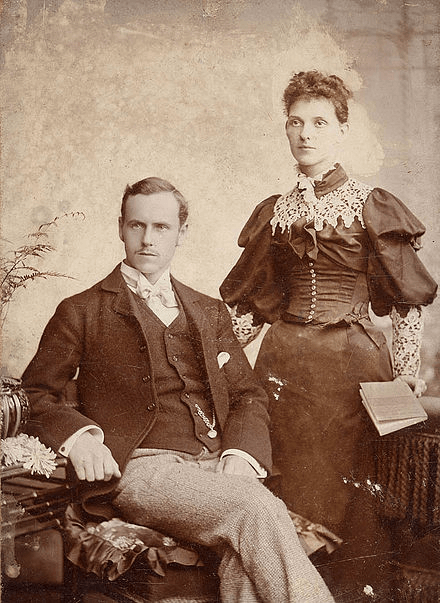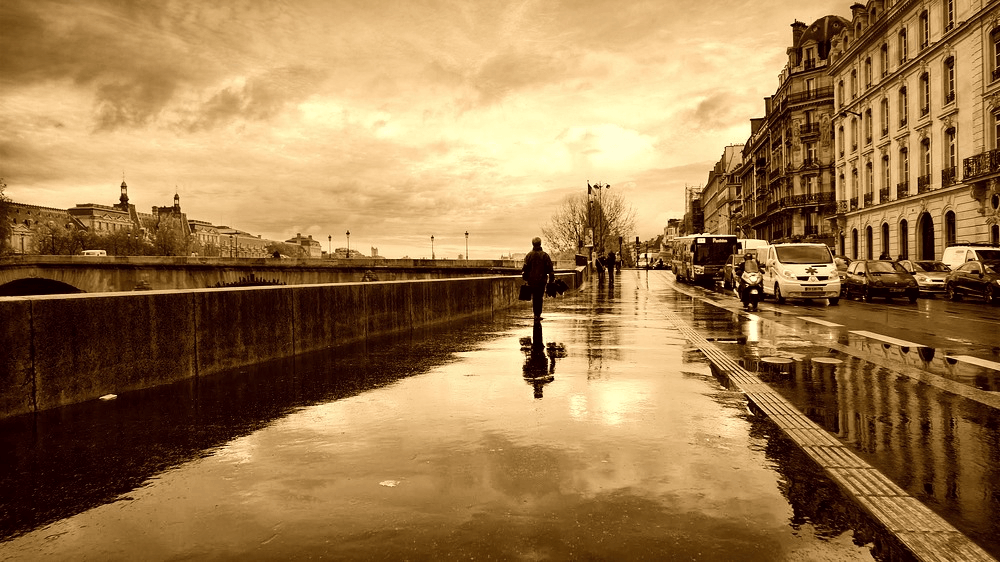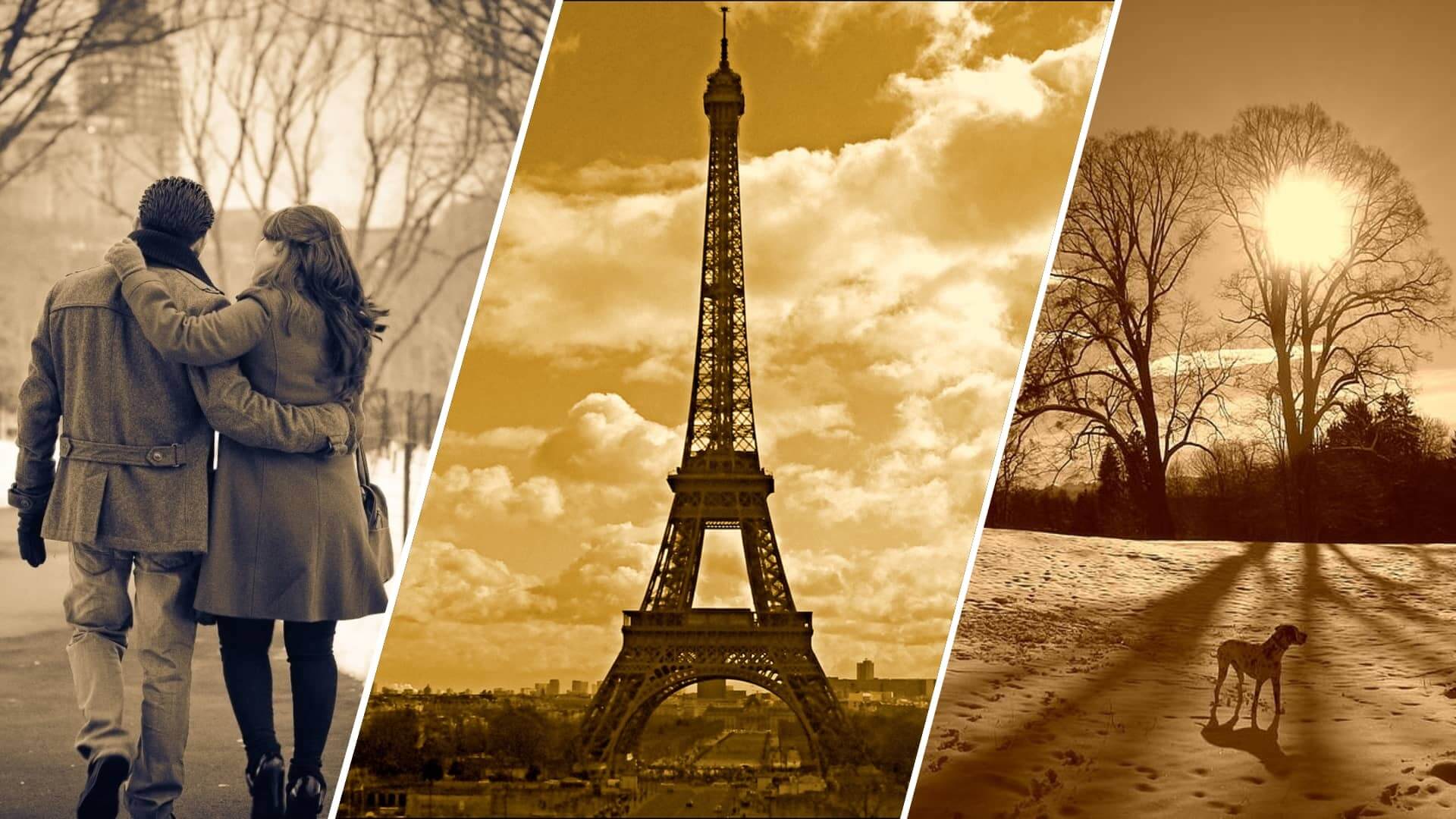Most people are familiar with sepia tone as one of the first Instagram filters that ever existed. It might make you reminiscent of your great grandma’s old photos or old Western films, but when the tone was first created, it was a fresh and new medium for photographers to work with. So what is sepia tone, how exactly is it created and how has its function in photography changed over time? Let’s take a look.
What is Sepia Tone Photography?
First, let’s define sepia tone
To understand why photographers use sepia we must first cover what it is. Let’s take a look at the sepia tone definition and get a better idea of the process of creating this tone in a print.
SEPIA TONE DEFINITION
What is sepia tone?
Sepia tone is a form of print toning in photography, and refers to the warm colors that are produced by a specific chemical process in developing film. The toning process was popularized in the late 1800s for both logistical and artistic reasons. The chemicals involved in sepia toning better preserved photographs allowing them to last longer. Artists also liked how different the warmer tones were compared to black and white photos.
What is sepia tone used for?
- Adding warmer colors
- Preserving physical photographs
- Recreating old photos
Sepia Tone Photography
How is sepia tone created?
For those who are unfamiliar with how to shoot film photography, an image is developed by immersing the photograph into a chemical compound. The silver halides in the print are light sensitive. When they are developed, they convert into metallic silver to form a black and white image.
Sepia toner is a chemical compound that converts the traditional metallic silver to a sulfide compound called silver sulfide. The result is a shift toward warmer colors as well as protective barriers on the print.
To simplify this chemistry lesson, check out the video below in which you can see a visual demonstration of how sepia is used on a photograph.
Sepia Toning Darkroom Prints • What is the color sepia
This chemical processing might be laborious and tedious. Despite this, sepia was extremely popular among photographers prior to the 1930s. Let’s take a look at what made this tone so popular.
Related Posts
Sepia Photography
What is sepia tone used for?
Sepia was extremely popular in photography prior to 1930 for two main reasons. The first reason is more logistical. The chemical toning process and the sulfide compound it creates is more protective than the traditional metallic silver found in black and white processing.
This is the reason why some of the oldest existing photographs are in sepia. Sepia photographs last between 50%-100% longer than traditional black and white photos.

Sepia tone photo taken in England in 1895
The second reason the tone was popular was because of the warmer colors it created. Artists and photographers saw value in the warmer tones of sepia photographs because it was different than the typical black and white tones found in the rest of photography.

Sepia tone photo example
In the modern age, photographers use sepia toning or digital editing to replicate the look of older, historical photographs. Sepia tone can add a layer of nostalgia that can help tell the story of a photograph.
Sepia Tone Photo Tutorial
Creating sepia tone in-camera
Many photographers today opt for DSLR cameras or mirrorless cameras so true sepia tone through the chemical process is irrelevant. However, there are ways to recreate it.
Most cameras have a setting called “Toning Effect” with the option to choose “Sepia.” In most cameras, “Toning Effect” can be found under the detail settings. Check out this video by Adorama that breaks down how to adjust your picture style and toning setting.
Picture Styles: Episode 147: Exploring Sepia Tone Photography
The best mirrorless cameras and best DSLRs typically allow you to shoot RAW which retains color information just in case you change your mind about sepia toning your image.
Another option is to shoot your image normally and add sepia tone in an editing software like Lightroom.
Related Posts
Sepia Tone Photo Guide
Creating sepia tone in Lightroom
Many photography editing apps and programs have a stock “Sepia” filter that can be applied to a photo at the click of a button. However, to add a more accurate tone, you’ll want to do it by hand in Lightroom.
Below is a tutorial by Anthony Morganti in which he breaks down, step by step, how to create a sepia toned image in Lightroom.
Lightroom Quick Tips • Episode 86: What is Sepia Tone & More
When used with intention, sepia tone is a technique that has immense storytelling value when it comes to photography. Its association with history and nostalgia can make it an effective and emotional tool when used with the right images.
Up Next
Types of Cameras for Photography
If you’re looking into expanding the possibilities of what you can do with your photographs definitely check out our comprehensive guide to the different types of cameras for photography and video. Understanding the pros and cons to each type of camera will help you better understand your tools as a photographer.
Up Next: Types of Cameras →
Showcase your vision with elegant shot lists and storyboards.
Create robust and customizable shot lists. Upload images to make storyboards and slideshows.
